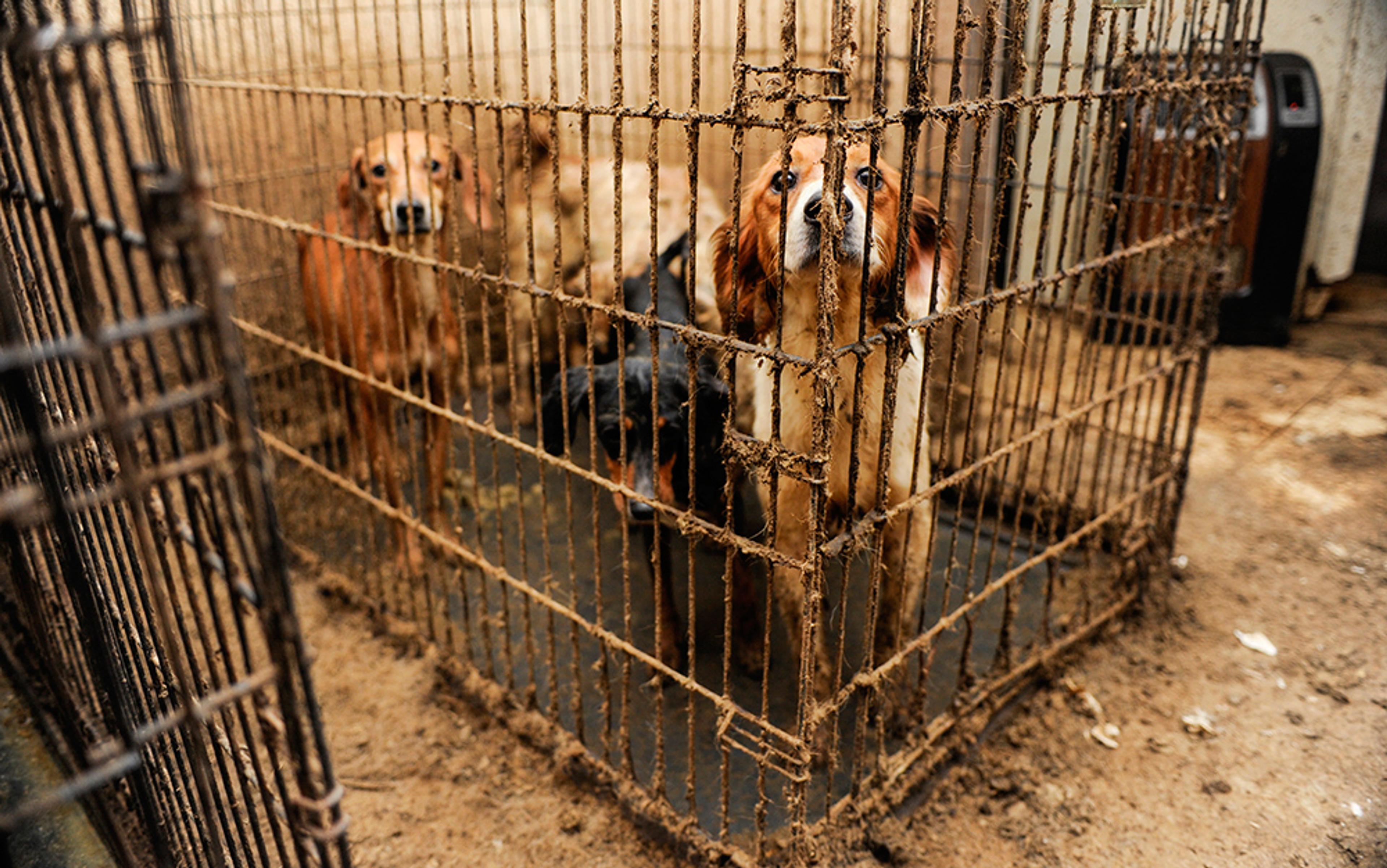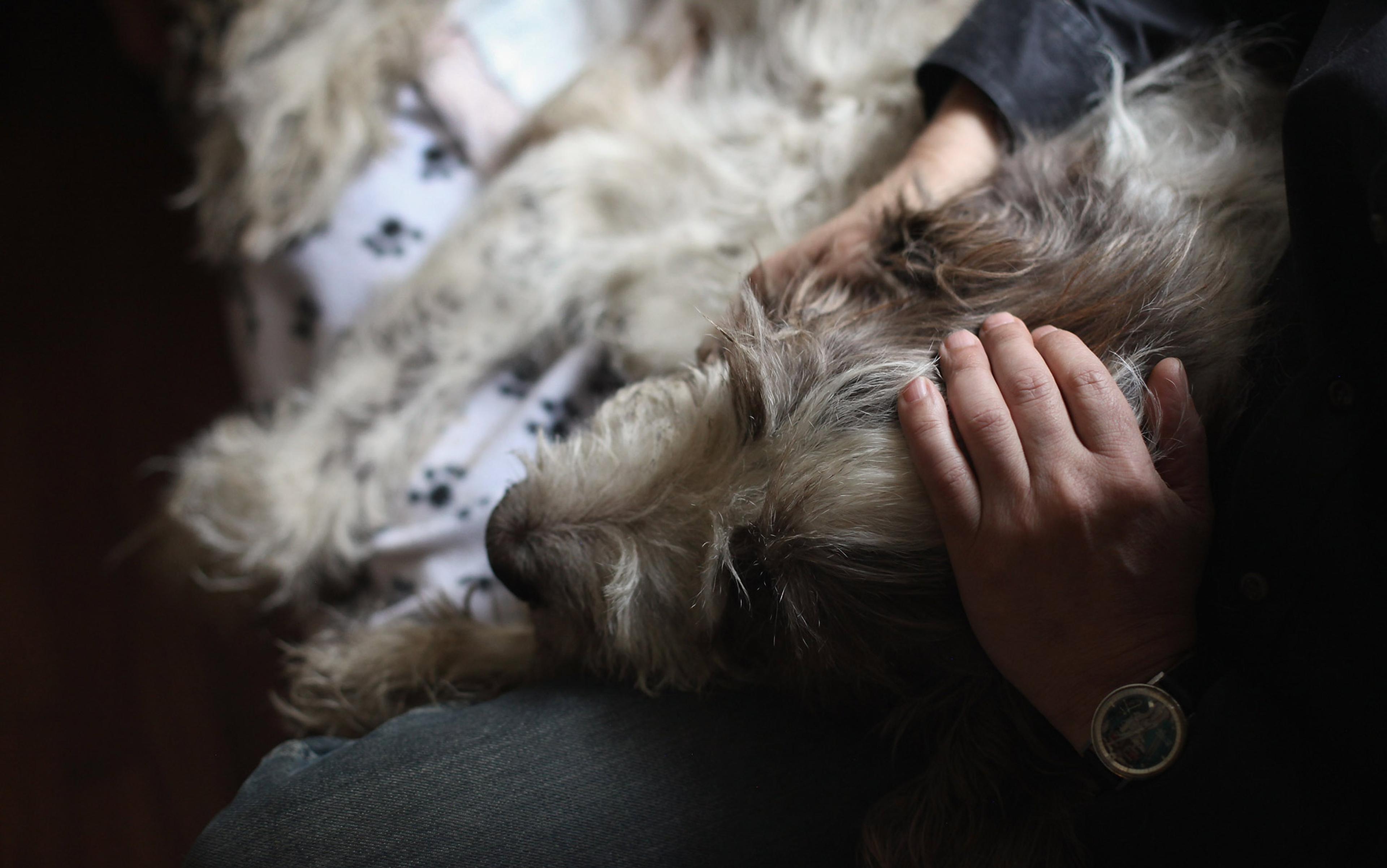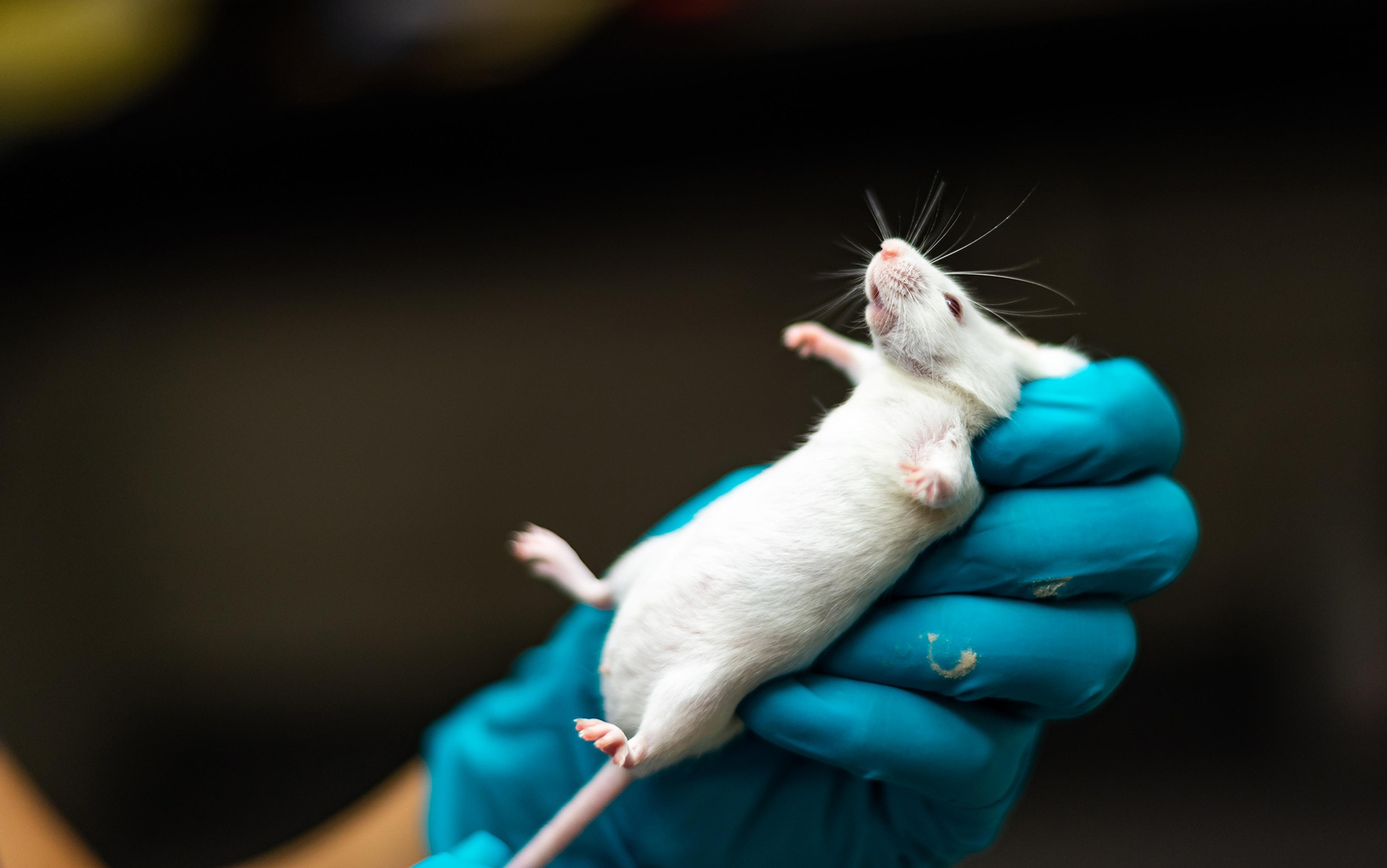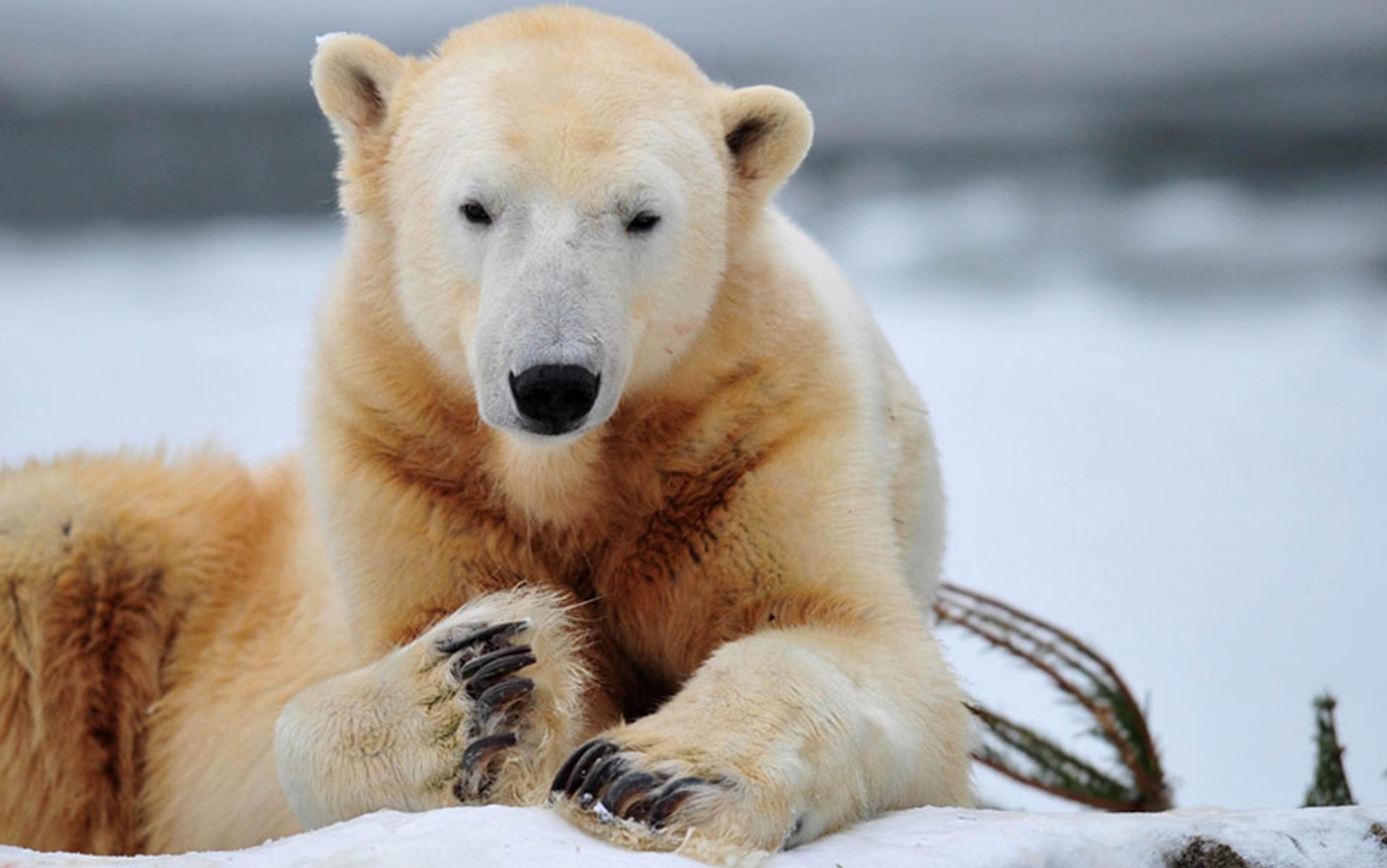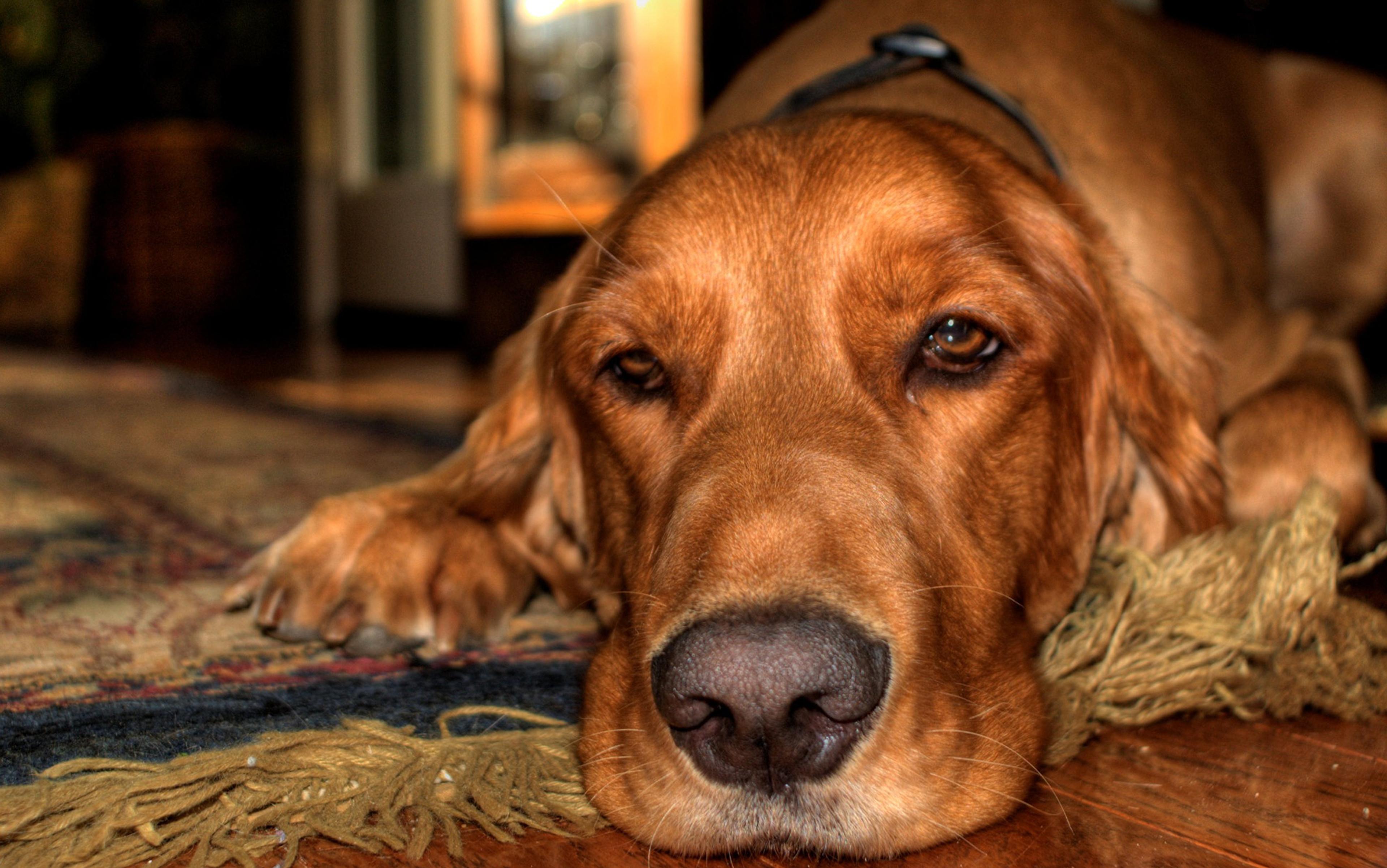In March 2013, my husband and I were on our way to a museum when we saw a sign advertising an adoption event at the Petco pet store on the Upper West Side in New York City.
‘Should we adopt another cat?’ my husband asked. We’d got our scaredy-cat Gilbert from the American Society for the Prevention of Cruelty to Animals (ASPCA) the year before: he was sweet and funny but so neurotic that we considered calling him Woody; a vet had suggested that a friend might ease his problems.
At Petco we were approached by Gisella McSweeny, the founder of Zani’s Furry Friends, one of more than 150 rescue organisations that partner with the Mayor’s Alliance for New York City’s Animals, whose mission is to save as many animals as possible from the city-run Animal Care and Control of NYC (AC&C). Since 2003, the Alliance and its partners have held regular adoption events with cute monikers such as ‘Whiskers in Wonderland’ and ‘Adoptapalooza’ at Petcos across town.
When we told McSweeny about our Gilbert, she quickly led us to a cage housing two cats that were grooming each other. One was a fancy Maine Coon; the other, a grey-and-white, McSweeny assured us, was our cat. She rattled off his sad story: Zani’s had pulled him and his brother from the city-run shelter and put them in one of their privately run foster homes. While the brother was adopted, this one was left behind. After McSweeny discovered that the foster ‘mom’ was hoarding animals, she transferred him to a second foster mom. The cat was healthy and equipped with a microchip, a rice seed-sized tracking device implanted under the skin to identify animals. There was no need to check references or conduct a home visit, McSweeny said; the adoption fee for the two-year-old was only $125, a special deal.
On the way home, I mentioned to my husband that our new cat looked like a barn cat. ‘Why not name him Barnaby?’ he suggested.
Barnaby was large and boney; he weighed only seven pounds. I noticed he smelled funny. He didn’t seem scared of us, just indifferent.
It was clear from the start that something was seriously wrong with Barnaby. He sneezed, his eyes were runny, and his ears oozed a gooey brown substance. His gums were bright red, he often had bloody diarrhea, and he threw up several times a week. A blood test revealed a severe Bartonella infection, more commonly known as cat-scratch fever because that’s how it can be spread to humans.
Then, on one of multiple vet visits we learned that Barnaby hadn’t been microchipped as McSweeny had told us. My husband and I emailed her and the AC&C, mentioning the missing chip. By email, a Jessica Van Brunt responded: ‘Kitten didn’t get a microchp [sic].’ I complained to the three people cc’ed on that email, adding that Barnaby also came with an eye infection, but I never received a response.
In a few months, we had spent around $1,500 on tests, dewormers, antibiotics and dental care for our rescue cat. But we still hadn’t resolved his gastrointestinal issues or gotten him chipped.
Our experience was not unusual. Today, thanks to the animal rights movement launched in the 19th century and the no-kill movement of today, slightly more people adopt their cats and dogs from animal shelters and rescues than buy from breeders. With more and more shelters pressured to keep animals alive regardless of the circumstances, an estimated 10,000 private rescue groups pull animals from ‘high kill’, city-run shelters and transfer them to private, supposedly temporary ‘no-kill’ foster homes for a saviour rate that the Humane Society estimates to be as high as 90 per cent. No-kill isn’t necessarily zero-kill, but that’s what its advocates aspire to.
No-kill advocates consider the killing of animals to combat overcrowding in shelters offensive and heartless. And sure enough, the ‘Adopt, Don’t Shop’ brand was originally based on a wholesome and noble sentiment. But with little to no oversight, it fosters an underbelly that has left the no-kill movement in crisis. The promise of life often leaves cats or dogs languishing in cages or transferred from foster home to foster home for years. Animals are given out sick, with minimal to no prior medical care. While numbers are still hard to come by, hardly a day goes by when a rescue or foster home isn’t exposed for overcrowding, neglect or, notably, hoarding.
While we dress our pets in matching pyjamas, saving, coddling and healing them, our ever-growing empathy for the furry has led us off the rails. As consumers, we are complicit in creating an inhumane and dangerous situation that leaves animals in pain, shelter staff overwhelmed, and pet owners burdened with unprecedented levels of financial and emotional stress. Struggling with Barnaby’s illnesses. I couldn’t help wondering who was benefitting from this tragic situation, and who was suffering the most?
I come from a different world. My two sisters and I grew up in the Bavarian countryside. Each fall, when the river by our house flooded the fields, we blew up our little inflatable boat and paddled out to rescue mice, rabbits and hedgehogs. The ones who survived were released back into the wild the following spring. Each kid had her own little menagerie. We had bunnies, a cat, a dog, lizards, and for a while my middle sister hid two pet rats in her room. I remember being praised by our country vet after I nursed a rabbit with a broken foot back to health. The foot, wrapped in gauze, needed to be soaked regularly for several weeks, a duty I took very seriously.
But there was more than rescuing animals in distress. My father is a hunter and he did not hide from us the deer he shot. He explained why he had killed it: the deer had lost its natural enemies, wolves and bears, and was now destroying the forest. We knew that what we had seen in the back of his truck would end up on the dinner table. One time, when a litter of bunnies developed seizures and we couldn’t reach the vet, my father killed the babies with an iron rod right in front of us. I was horrified then – and still am today, as one should be when looking death in the eye – but I also understood his lesson: if death was inflicted fast and without suffering, it was nothing to be afraid of. Rescuing and killing were not mutually exclusive. It was the years we lived that counted, not the final two or three minutes before we expired.
Yet for centuries now, modernity, agriculture and the advance of industry have been turning that old world on its head. The British historian Keith Thomas described our increasing estrangement from nature and the longing it instilled in Man and the Natural World (1983):
The progress of cultivation had fostered a taste for weeds, mountains and unsubdued nature. The new-found security from wild animals had generated an increasing concern to protect birds and preserve wild creatures in their natural state…
As time passed, more people promoted pets to family members. And by the mid-19th century, many began to see cats and dogs as sentient beings similar to humans, setting the stage for the newfangled concept of animal rights. Then, in 1866, the New York City philanthropist Henry Bergh founded the ASPCA to demand that animals receive kind and respectful protection under the law.
The changes worked their way through society slowly, and were felt more in some places than others. There was a time when, even within current memory, animals weren’t kept solely for sentimental reasons, when they were eaten or used for work – or both. Dogs herded cattle, hunted fox and guarded the house; cats kept the grain free from rodents and the lap warm in the winter. A mix of utilitarian and sentimental attitudes can still be found in some cultures. On a recent trip to Peru, I noticed the prevalence of dogs on the streets. The dogs didn’t seem to belong to anyone in particular, but most of them appeared clean and well-fed. ‘We keep them like this,’ said my cab driver, ‘because in the winter old people take the dogs to bed with them. Dogs are very good against arthritis pain. In Peru we say, treat your dogs like your children.’
Yet by the time I found my way to Barnaby, the world of my childhood had been swept away. To understand how the US took the final step from protecting pets to becoming an aspiring no-kill nation, I spoke to Rich Avanzino, often referred to as the father of the no-kill movement and until quite recently, president of Maddie’s Fund, America’s most powerful no-kill organisation.
Avanzino’s story starts in 1976, when he took over San Francisco’s city shelter. Chatty and personable, now in his 70s, Avanzino remembers how hundreds of pets each day were loaded into the Euthanair machine and killed through oxygen deprivation: ‘[Dead] animals were put in barrels. It was a very disconnected way of dealing with a species that is near and dear and precious.’
Avanzino got rid of the killing machine on his third day at the shelter. Death suddenly became a more personal, intimate and painful experience for shelter staff, who now had to hold the individual animal and insert a needle intravenously to kill her with an overdose of anaesthetic.
In his fourth year at the San Francisco shelter, a little dog named Sido entered Avanzino’s life. Sido’s caregiver had died, leaving a will requesting that the dog be euthanised and buried beside her. ‘We wouldn’t let the executor carry out her will,’ said Avanzino, who won the first animal-rights case in the state with a ruling that dogs are not property but sentient beings.
In saving Sido, Avanzino ignited an unprecedented movement that swept across the country. Admirably, millions of homeless cats and dogs have found homes.
Yet Avanzino’s no-kill revolution has also caused a split that has left animal welfare groups sharply divided over one fundamental question: is each and every life worth saving, no matter its quality, or is it better to euthanise a large number of animals, sparing them the possibility of a life spent in a cage or an overcrowded foster home? No-kill advocates staunchly believe the former.
‘When we talk about homeless people, their life is less than perfect, but just because they are homeless we don’t round them up and put them down’
Avanzino thinks that the US is less than a year away from becoming a no-kill nation. His math goes like this: 29 million people will be adding a pet to their family this year; fewer than 2.4 million healthy and treatable dogs and cats will be killed this year. We just need to convince 2.4 million of those 29 million people to go to a rescue or shelter and take home an animal and we can stop the killing.
Avanzino added that even if the shelter ‘has horrible customer service, is in bad shape, is noisy and smelly and unattractive – go save a life because, in doing that, you are going to stop the killing of our family members on four legs. The message should be, it doesn’t matter how good or bad the organisation is, take a pet home, save a life. We do not kill family members,’ he added firmly. Then he drew what he believes to be an instructive parallel: ‘When we talk about homeless people, their life is less than perfect, but just because they are homeless we don’t round them up and put them down. When we hear of foster homes that have been abusive to children, we don’t take the child away and kill it.’
After speaking to Avanzino, I contacted the Mayor’s Alliance for New York City Animals, the umbrella non-profit that helps bridge the AC&C with rescues such as Zani’s. Jane Hoffman, the Alliance’s president, told me that to become an Alliance partner a shelter must sign a contract promising to follow certain rules. The contract states, among other things, that an Alliance partner can lose his or her privileges if an animal’s care is compromised or if he or she engages in animal cruelty or hoarding.
Ensuring that members of the Alliance and other, similar umbrella groups can save and distribute pets nationwide is Maddie’s Fund. Between 2005 and 2011, the Alliance received $26 million from Maddie’s Fund. Part of the grant money was used for marketing, but part went to the rescue groups, which received between $500 and $2,000 for each animal adopted out, depending on age and health status.
When I asked whether the Alliance monitors the foster homes of its rescue organisations, Hoffman said: ‘You know what Ronald Reagan said about Russia? “Trust but verify.” That’s the motto. You can’t work with partners unless you have a certain level of trust. If we hear a complaint we of course look into it.’ When I asked more directly whether there have been problems with overcrowding, Hoffman responded: ‘You seem a little focused on this issue. People have big hearts and sometimes they take on more than they can handle.’
Who, if not cats like Barnaby, benefits from the money rescues receive from Maddie’s Fund? If there is no independent entity to check on whether the cats are properly cared for, does that encourage, or at least permit, abuse?
Around the same time we adopted Barnaby, Hannah, an acquaintance, rescued a scruffy, black terrier from Heavenly Angels Animal Rescue, a non-profit in Queens, New York. Hannah said Pepper was one of countless dogs in a room ‘that smelled intensely’. She saw carriers and wire crates stacked up to the ceiling, and wanted to get Pepper out as quickly as possible. Because the rescuer refused to take a cheque or credit card, Hannah paid cash. Pepper not only suffered from heartworm, which cost Hannah more than $1,000; he also bit her mother in the face, and her boss’s husband, drawing blood and sending him to the ER. ‘If we hadn’t been friends with my boss, I am sure he would have sued us,’ Hannah said. Essentially, Hannah had three choices: having Pepper euthanised, returning him into the shelter system, or hiring a dog trainer. Hannah went with the trainer.
Of cats kept in hoarding situations, roughly 40 per cent were infected with T foetus; 88 per cent with the coronavirus; and 49 per cent with Clostridium
I, for my part, could not not hear Barnaby’s suffering. I could make out his stomach’s gurgling from across the room. Sometimes, when we picked him up after breakfast, he struggled to keep in his food. While the antibiotics improved his Bartonella infection, his gastrointestinal symptoms continued unabated. One day while researching his condition, I learned about Tritrichomonas foetus, a parasite that is not well-known because it remains undetected in regular stool tests and fails to respond to regular dewormers.
A study that examined gastrointestinal illnesses in cats kept in hoarding situations found that roughly 40 per cent were infected with T foetus, 88 per cent with the coronavirus, and 49 per cent with Clostridium. Barnaby’s PCR test for DNA evidence of the infections came back positive for all of them; symptom-free Gilbert also carried T foetus, and needed treatment too.
After another $1,000 for tests and treatment, Barnaby was finally symptom-free. We had now spent $2,500 on our rescue cat.
Barnaby’s and Pepper’s stories of disease and neglect from hoarding are hardly isolated. The week of 25 March 2015 was typical: nearly 100 dogs were seized from the no-kill shelter Dogs Deserve Life Rescue in Jacksonville, Florida. The same day, Carol Merchant and Russell Goodell, the owners of the Vermont rescue known as Pink Palace, were arrested and charged with multiple counts of animal cruelty. Authorities found the house filled with clutter and faeces. Later, authorities cited Benny Terry, an operations manager at a Georgia Humane Society, on 57 counts of cruelty to animals; Terry had about five-dozen dogs and cats at his home living in ‘unacceptable’ conditions. In February 2016, the ASPCA pulled a record number of 700 neglected and sick animals from an unlicensed rescue in North Carolina. And while there are no definite numbers on animal hoarding cases nationwide, veterinarian Gary Patronek and sociologist Arnold Arluke, both from the Hoarding of Animals Research Consortium at Tufts University in Massachusetts, estimate a minimum of 5,100 such cases affecting perhaps a quarter of a million animals annually.
Animal-hoarding experts distinguish between the overwhelmed caregiver, the rescuer hoarder, and the exploiter hoarder. The overwhelmed caregiver initially provides adequate care for her animals but later loses control of the situation due to financial or medical difficulties. The rescuer hoarder, who works within the network of animal welfare people, has a compulsive need to rescue animals from euthanasia, believing that she is the only one who can adequately care for them. Often the line between these two categories is blurry. And there are times when those in a malevolent third category, the narcissistic and manipulative exploiter hoarder who runs a moneymaking enterprise to serve her own needs, can blend in as well. Regardless of category, the typical hoarder is a woman in her 50s, socially isolated and raised in a difficult and chaotic home environment filled with loss; often, her earliest attachment was with animals, not people.
‘Generally speaking, it’s people who don’t find human relationships very reliable,’ said Christiana Bratiotis, a private clinician and researcher at the University of Nebraska. With her colleague Catherine Ayers of the University of California, San Diego, Bratiotis is conducting the first-ever neurocognitive study on animal hoarders. ‘It is not uncommon to hear people who hoard animals say that the animals don’t let them down in the same way that human beings might,’ she adds.
Research about what instigates an individual’s hoarding behaviour is just beginning, but what’s clear is that hoarders would never be able to inflict such massive harm alone. ‘Within the rescue community, there is a whole underground network where people know who to call so that animals aren’t taken to a shelter where their lives may be threatened. Rescuers know other rescuers in communities across the nation,’ Bratiotis says.
One of the most outspoken organisations against the pitfalls of the no-kill movement is People for the Ethical Treatment of Animals (PETA). A leader of the animal-rights movement, PETA provides no-cost spay and neuter services, and fights testing on animals, as well as the use of animals in entertainment.
‘It’s like a religion, to kill or not to kill,’ PETA’s president Ingrid Newkirk told me. She explained that many owners in Virginia, where PETA’s headquarters are located, can’t afford a hefty euthanasia bill. In a sea of no-kill shelters that turn people down, PETA will euthanise your pet for free. But this policy outrages its opponents. ‘We get threats of physical violence, we get animal organs sent to us in the mail. We got a deer head thrown on our front parking lot, all sorts of nastiness.’
Why would someone who hates euthanasia throw deer heads? Newkirk has a theory. ‘The no-kill movement is linked to the meat industry,’ she explained, referring to the Center for Consumer Freedom, a right-wing non-profit that started the website petakillsanimals.org, and is supported by major US meat producers such as Cargill and Tyson Foods, as well as the Ringling Brothers circus, and the tobacco and fast-food industries. To Newkirk, the hypocrisy behind the Center for Consumer Freedom’s attacks is obvious: Tyson and Cargill contribute an enormous amount of meat to the pet-food industry; they both also offer their own pet product lines. Never before have Americans owned so many carnivores; the pet industry has tripled in the past two decades, and it is estimated that Americans now spend more than $23 billion a year to feed their pets.
‘Are they no-kill of cats or just no-kill?’ Newkirk asked. ‘What do they think is humane?’
Gilbert and Barnaby are a happy couple. Barnaby turned out to be an exceptionally smart and sweet cat who accepted neurotic Gilbert without any problems – and Gilbert started to come around, too. He became more confident and independent, playfully chasing and grooming Barnaby and cuddling up to him on the couch. Barnaby spends hours running up and down the stairs playing fetch and, after a few months with us, he took on a little morning routine: lying beside us on the couch and turning on his back to have his belly stroked.
I wondered what would have happened had we not had the money to pay for Barnaby’s medical care. What if he had been adopted by someone less fortunate? Would he have been returned to the rescue and transferred to yet another foster home? Would he have been dropped off at the city shelter and put to sleep? Or, left untreated, would his illness have caused a slow and painful death?
I also wonder whether our endless trips to the vet, all that probing, cutting and being poked with needles, was really worse than euthanasia could have ever been. Perhaps our focus on keeping pets alive, no matter the consequences, is really more about us humans than about a desire to spare animals suffering.
